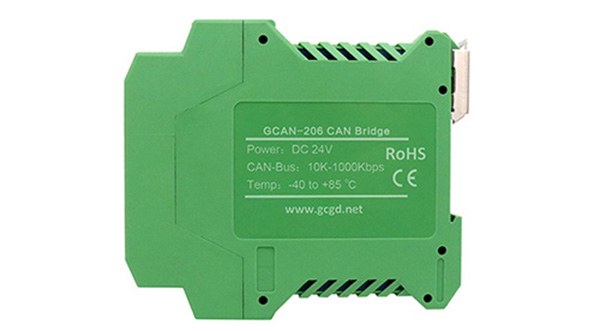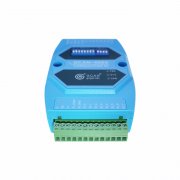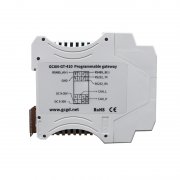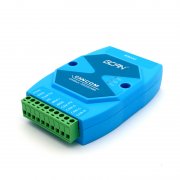Relationship between Baud rate and CAN-bus communication Dis
With the advancement of the times and the development of science and technology, CAN-bus has gradually become the mainstream in fieldbus. Now it is widely used in industries, agriculture, medical and other fields, but after a long period of application, people have found many problems. The most obvious of these is its distance problem.
So let look at the factors affecting the communication distance.
1st of all, Baud rate.
We all know, transmission distance and baud rate are inversely proportional. The communication distance can be up to 10KM (rate less than 5Kbps) and the rate can reach 1Mbps (communication distance is less than 40M).
Than what is the relationship between the Two?
Please see the table below:
This is only theoretical, In practice, considering various factors, it is impossible to reach this distance.
So if you want a long distance, try to change the baud rate.
But in many cases, the lower baud rate means lower transmission rate. If this can't meet your requests, usually you need a CAN-bus repeater/relay.
Please see our GCAN-206, it is really a cost-effective CAN-bus repeater.
So let look at the factors affecting the communication distance.
1st of all, Baud rate.
We all know, transmission distance and baud rate are inversely proportional. The communication distance can be up to 10KM (rate less than 5Kbps) and the rate can reach 1Mbps (communication distance is less than 40M).
Than what is the relationship between the Two?
Please see the table below:
| Baud rate | Distance |
| 1 Mbit/s | 40m |
| 500 kbit/s | 110m |
| 250 kbit/s | 240m |
| 125 kbit/s | 500m |
| 50 kbit/s | 1.3km |
| 20 kbit/s | 3.3km |
| 10 kbit/s | 6.6km |
| 5 kbit/s | 13km |
So if you want a long distance, try to change the baud rate.
But in many cases, the lower baud rate means lower transmission rate. If this can't meet your requests, usually you need a CAN-bus repeater/relay.
Please see our GCAN-206, it is really a cost-effective CAN-bus repeater.
CAN-bus repeater is also called CAN bridge, model is GCAN-206. It is built by GCAN. The two CAN channels of CAN bus can work under completely different baud rates. Supports transparent, protocol-independent CAN messaging, making it ideal for a wide range of applications. And can be used for all high-level protocols such as CANopen, J1939, DeviceNet, NEMA2000, aerospace.
The CAN bus-repeater can realize the problem that the CAN signal becomes weak during the CAN bus signal transmission process. In addition, the ID filtering and data conversion functions are added. Since the CAN bus repeater is used for long-distance transmission of CAN signals, its anti-interference ability is very strong. If the user's device CAN bus is susceptible to interference, we can also increase the product to achieve the effect of isolation interference.
Any question, fell free to contact us.
Our Email/Skype: seven.gcan@gmail.com
Whatsapp: +86 15093049876
Tel: +86 17742765166







